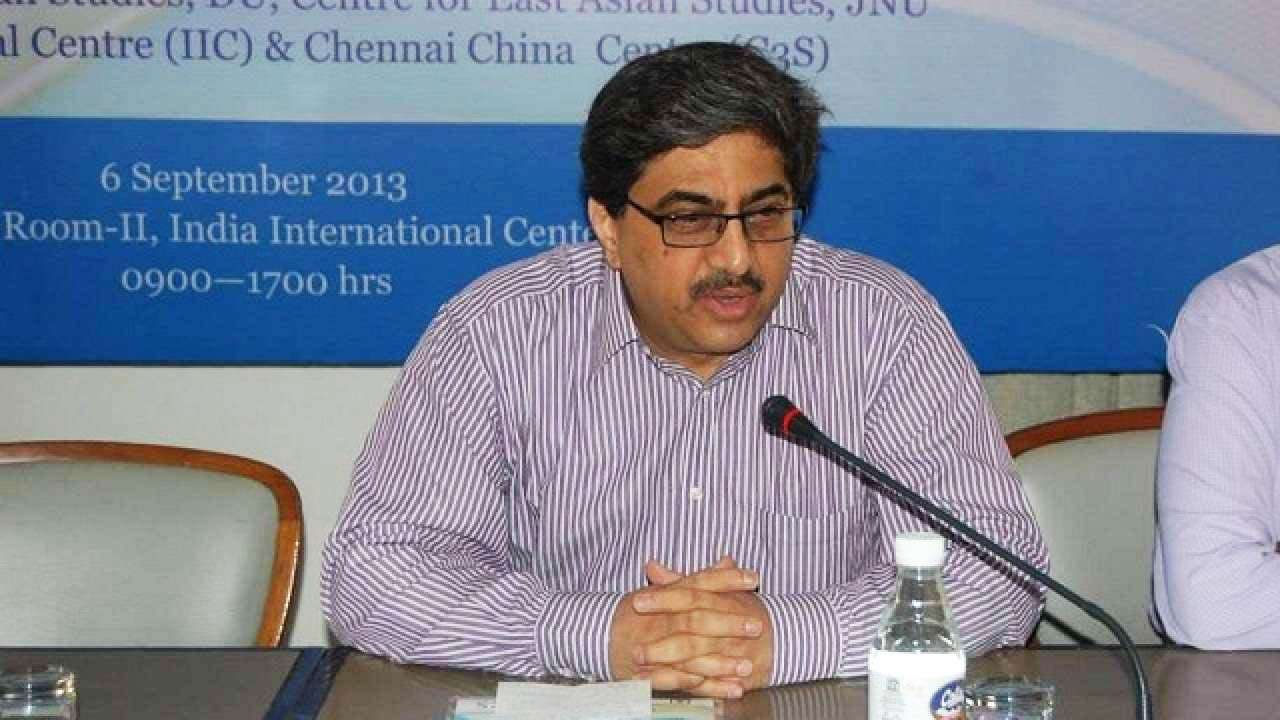
The differences have started bubbling to the surface. After India’s ambassador to China, Gautam Bambawale, in an interview to Global Times, red-flagged the presence of serious problems brewing between the two superpowers, and the need to “discuss” these problems rather than sweeping them “under the carpet”, the Chinese establishment has responded that it is game to thresh out the differences.
One such problem is the China-Pakistan Economic Corridor (CPEC) and its overhang over the Doklam-marred ties between India and China. The CPEC, essentially a part of the One Belt, One Road (OBOR) initiative, is China’s Asian powerplay in action. Originally valued at $46 billion, the corridor, which intends to raise miscellaneous infrastructure projects ranging from transportation solutions to power plants to special economic zones from the Xinjiang province in China to the Gwadar port in Pakistan, has now ballooned to $62 billion. From the very beginning, India has made its unhappiness with both the projects quite apparent, given that the larger blueprint of the two undertakings passes through the Gilgit-Baltistan region in Pakistan-administered Kashmir, the sovereignty over which rests with India.
In any case, supporting the CPEC or the OBOR will be akin to being a mute spectator to the sinister designs of China for the continent. Via its bank-rolled diplomacy, China has already made deep inroads not just in Pakistan but also in Sri Lanka, Nepal, Cambodia and even in Greece (a Chinese firm has acquired the strategically key port of Piraeus from the fiscally-ruined Greece). Notwithstanding Indian interests being hurt, the wide-reaching gameplan of China shows that its mandarins and its ruling regime are singularly focused on registering its imprimatur on the future global dynamic, an element that is sorely and unfortunately missing in India.
Meanwhile, China’s clout continues to expand. Take, for instance, that last December, the Hambantota port of Sri Lanka formally passed over into the hands of a Chinese company. The Hambantota port is an important transit point on many a routes connecting Europe, Middle East and Africa with Asia, the slipping away of which is at once a geo-strategic as well as a commercial loss that erodes India’s naval as well as trade muscle. Despite the loss, the Hambantota example serves to illuminate that cheap Chinese loans come at the cost of ceding control of key ports and infrastructure projects. These loan agreements, notoriously, lack transparency and access is often denied to analysts who wish to read and understand the fine print.
Still, what has been evident till now is that failure to service the loans effectively lets Chinese companies move into the driver’s seat; letting them take control of the projects as well the abundant natural resources that are often collateralised in the loan agreements. The case with Pakistan is no different than that of Sri Lanka. Over a period of 30 years, Pakistan will be dearly paying back $90 billion to China for an initial loan of $50 billion. This translates into annual average repayments of close to $3 to $4 billion, an outgo that has the potential of wrecking the economy of Pakistan.